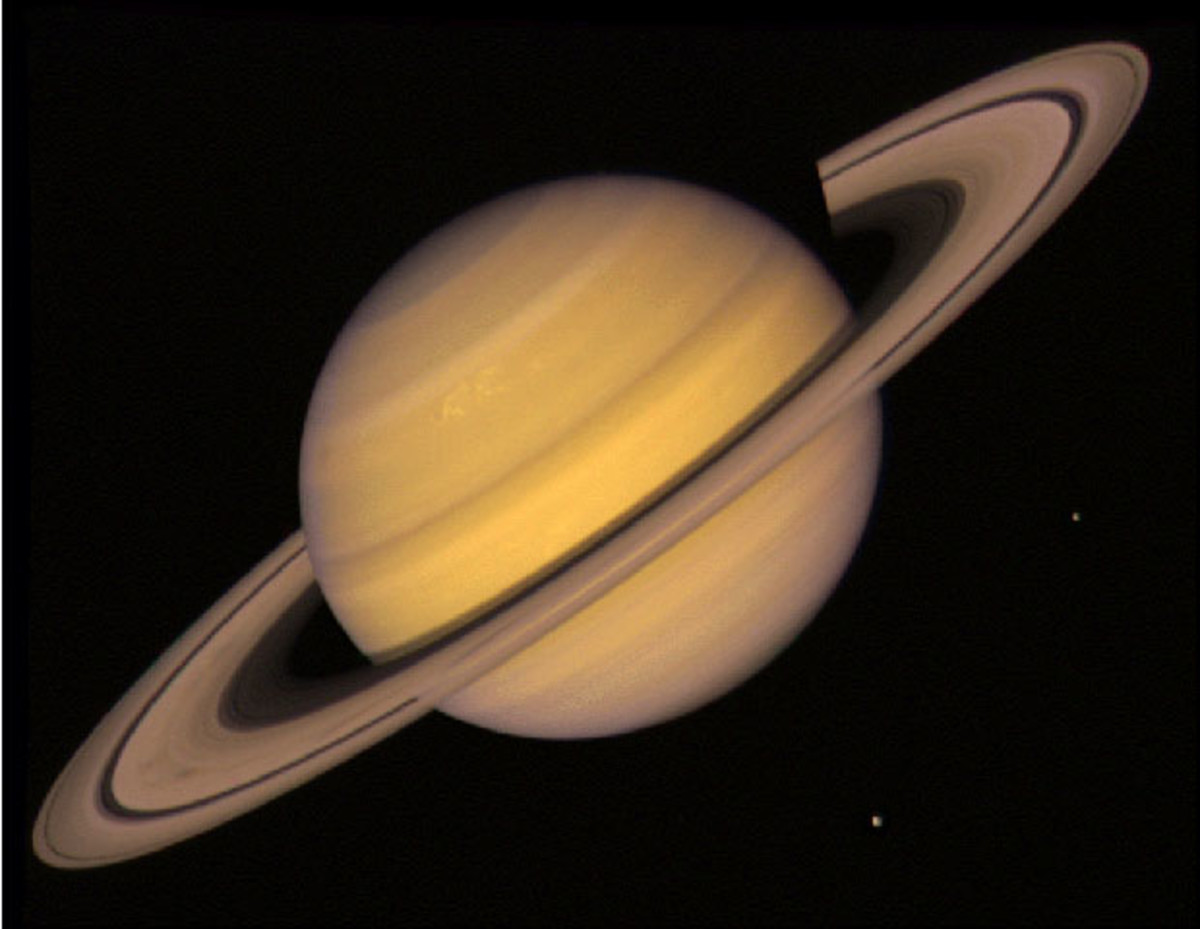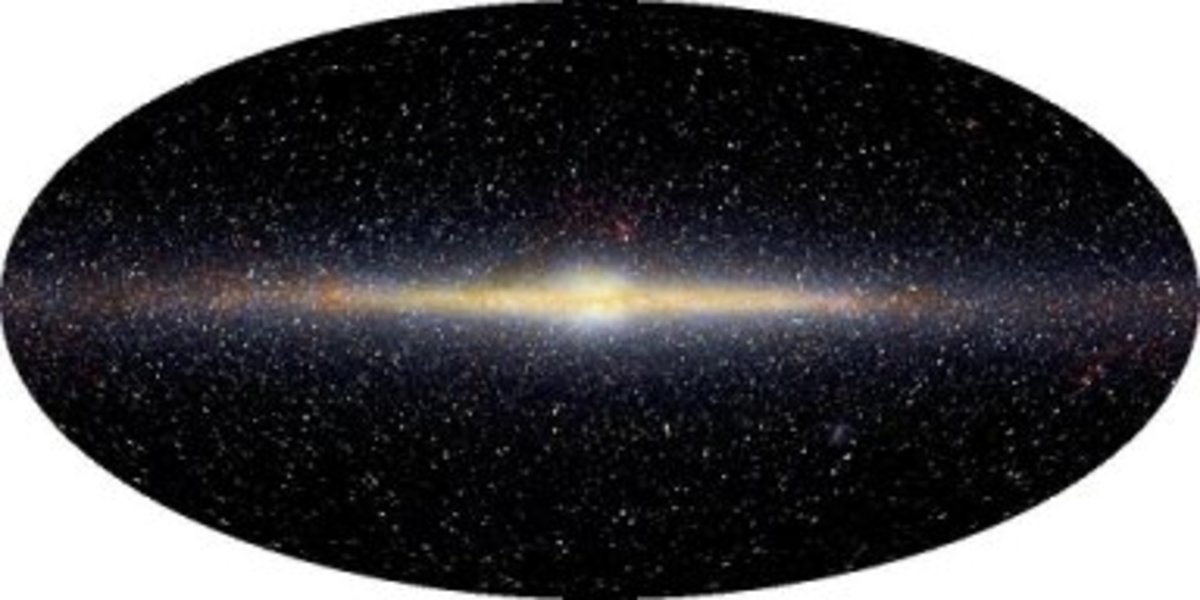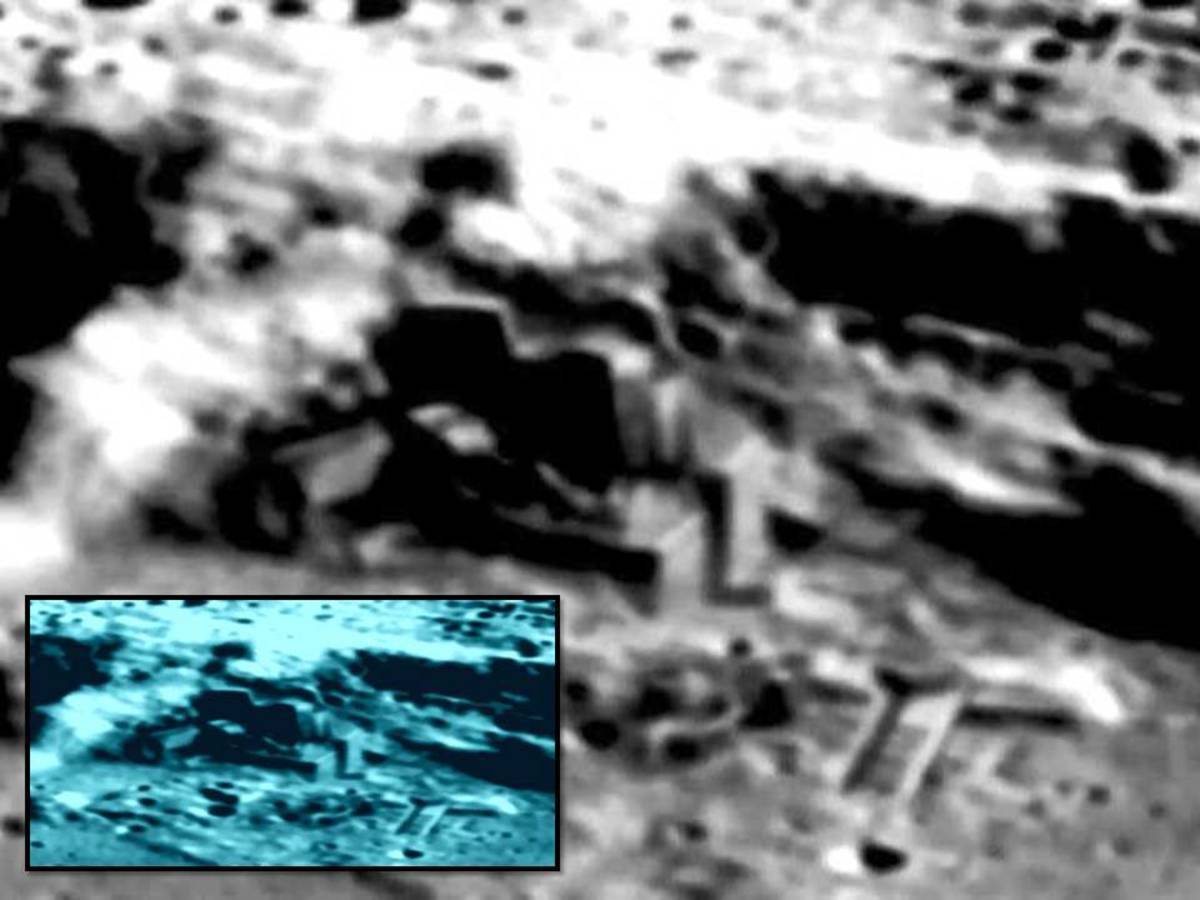The Prospects of Life in Our Solar System

(Potential) Constraints on Life
When it comes to the search for life beyond Earth, what do we look for? Numerous popular science fiction authors would have you believe that there is really no limit whatsoever to what extraterrestrial life could be like. While they may be correct, there are a few key things scientists believe may be necessary to life anywhere:
- The elements required to form organic molecules
- Liquid water (or another liquid medium, but water is probably best for reasons we will discuss later)
- An energy source
Organic molecules are pretty common and liquid water is present at various places across the solar system as well (one of the reasons it is favored as a life-enabling liquid medium). Energy can be derived from the Sun, but less sunlight is available the farther out you go. We know life can exist in the absence of sunlight, however; it even does so here on Earth! Some forms of life we have discovered, called extremophiles, can live in crazy hot conditions, or in rocks, or even in radioactive waste. These little guys get their energy from chemical reactions, so extraterrestrial life may as well.

Lunar or Mercurian Aliens?
Unfortunately, our moon doesn't meet all the criteria we expect to be necessary for sustaining life. There's some water ice at the bottom of craters near the moon's poles, but water in its liquid form is needed in order to facilitate the reactions of all forms of life we know (and can realistically imagine at this point). The water ice was probably delivered by impacts of water-bearing comets, and while it could have come with life in tow it seems unlikely (we will discuss the likelihood of life on comets below).
Mercury is probably out as well, for the same reason. It doesn't have a proper atmosphere, so while sunlight hits the day side of the planet, it isn't retained or circulated about the planet like we experience here on Earth. As a result, Mercury's night side is actually extremely co—strange as it may seem for a planet so close to the Sun. So on the day side it's much too hot for liquid water to exist on the surface, and on the night side it's much too cold.

Native Venusians?
Though it's farther from the Sun, Venus is even hotter than the day side of Mercury. Venus has a super thick atmosphere that locks in heat and has produced a runaway greenhouse effect, leading to surface temperatures that are far too high to allow the presence of liquid water. However, we know that Venus was once a watery world, long ago. If life ever arose on Venus, it is possible that it could still exist in the upper layers of the atmosphere. It seems very unlikely, but a lot less so *if* life arose on Venus in its distant past when it was much more habitable.
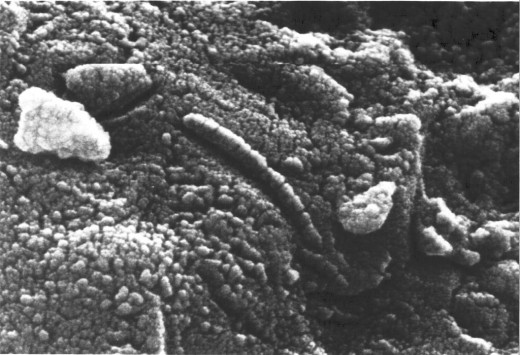
Martians!
Finally, a pretty good candidate! Mars once was home to floods of liquid water, and while the planet has since dried up, it's possible that life could exist in subsurface water (where it would be better shielded from radiation, too). Mars actually used to have an atmosphere and everything, though that's largely gone now as well. The implications of past habitability are that life could have arisen - and the presence of subsurface water gives us a place it could still exist today.
In fact, some scientists believe there is evidence of past Martian life that has been delivered right to our doorstep via meteorite ALH84001 (see image above). This claim was made more than two decades ago, but it still remains controversial. Even if the structures prove to have a nonbiological origin (as a majority of scientists seem to believe), the composition of the meteorite offers strong support for past habitability on Mars and therefore the opportunity for life to have arisen. Sample return missions from the red planet or on-site study by astronauts will probably be necessary to confirm the existence of past or present life on Mars. It is sufficiently likely and compelling to fuel missions to Mars to search for it!
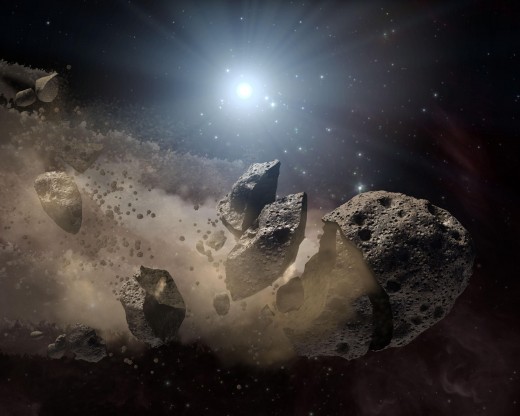
Panspermia: Life from Asteroids or Comets
In examining the possibility of life arising elsewhere, it’s important to note that we don’t actually know how it arose here on Earth. One idea, called panspermia, suggests that perhaps life was delivered to Earth by asteroids or comets. We know that some Earth organisms can survive in the vacuum of space, so it’s certainly possible—although we do not yet know how likely it is.
Early in the solar system’s history, the planets were subject to relatively frequent impacts. Some of these impact events were extreme enough to launch material from the impacted planet into space, and potentially into other planets from there. This much is fact, since we have meteorites on Earth that are confirmed to be from Mars. Whether or not life has been delivered via meteorites, however, remains a mystery. Many scientists believe it is unlikely due to the rarity of these specific double-impact events and the length of time the organisms would have to be able to survive in space.
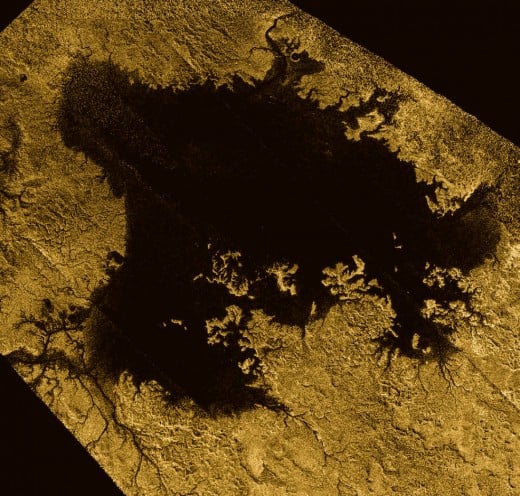
The Outer Planets
Beyond the asteroid belt lie the planets Jupiter, Saturn, Uranus, and Neptune. They are vastly different from the inner planets, especially in size and composition. These gas and ice giants don’t even have solid surfaces, but instead likely have slush layers of increasing density. The farther you plunge into these planets the hotter it gets, with surmounting pressure. They are also very stormy with violent vertical winds that scientists don’t imagine are conducive to life.
It’s tough to imagine any kind of life as we know it living in conditions such as these, however among the many moons of the outer planets we do find a few good candidates. Bodies that formed in the outer solar system contain large quantities of ice, and some of the moons experience tidal heating (which could melt the ice and provide a habitat for life). Jupiter’s moon Europa, for example, appears to be home to a subsurface ocean deep beneath its icy exterior. Saturn’s moon Enceladus features plumes of ice and water jetting out from its southern pole, indicating that it too may have a subsurface ocean of liquid water.
Another of Saturn’s moons, Titan, is also a candidate in the search for life—but not due to the presence of water. Instead, this strange world is home to rivers and lakes of liquid methane and ethane. These two potential water alternatives might be able to serve the same purposes, and thus be conducive to life.
So what are those purposes? A liquid medium is necessary for life as we know it in order to facilitate chemical reactions. Your body is a chemistry lab, undergoing life-enabling reactions all throughout the day and night. Without a liquid medium, these reactions would not be possible—but water is not the only liquid which could suit the purpose. Methane and ethane are two other potential options, though they are liquid at much colder temperatures (and smaller temperature ranges), so the chemical reactions would occur more slowly. Thus methane- or ethane-based life on Titan would probably have a much slower metabolism than Earth life, but still...it could exist!
So where are the aliens?
With a grand total of one inhabited world in the universe available for us to study in depth, we really can’t be sure what the true prospects of extraterrestrial life are at this point. We do know that the basic requirements of life are present in various places throughout the solar system (and across the universe), so it seems unlikely that Earth is the only inhabited body out there.
With additional study of other worlds, particularly Mars, we hope to learn more about the requirements for life and the likelihood of it arising elsewhere—and hopefully someday have a meet and greet with some cosmic neighbors!
© 2018 Ashley Balzer

